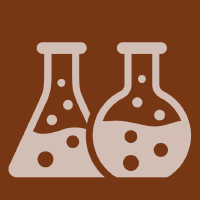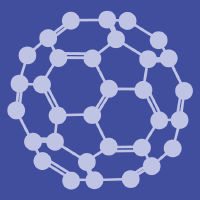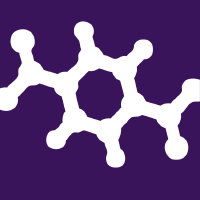Topic Menu
► Topic MenuTopic Editors


Nanomaterials for Catalytic Remediation of Environmental Contaminants
Topic Information
Dear Colleagues,
The growth of population and waste causes the contamination of a significant portion of freshwater. The nature of these pollutants varies; in fact, both organic and inorganic pollutants, such as pharmaceutical products, heavy metals, polycyclic aromatic hydrocarbons, and many others, can be found in water and wastewater. Consequently, this causes damage to all living organisms by originating many chronic or acute diseases. Nanotechnology can aid the removal of these compounds in many ways. For example, nanocatalysts can convert more efficiently toxic pollutants into their less toxic counterparts due to their high surface area to volume ratio, as well as by mimicking homogeneous catalysis by forming a colloidal suspension. This Special Issue aims to collect recent progress in using heterogeneous nanocatalysis for water remediation, including (but not limited to) advanced reduction and oxidation processes. Articles on the degradation of persistent organic pollutants, emerging contaminants, and other organic and inorganic pollutants by nanocatalysts are also welcomed. Research and review papers, short communications, perspectives, and opinions covering the topics mentioned above are invited for submission.
Dr. Stanisław Wacławek
Dr. Daniele Silvestri
Topic Editors
Keywords
- environmental catalysis
- heterogeneous catalysis
- photocatalysis
- AOP
- persulfates
- water purification
- persistent organic pollutants
- emerging contaminants
Participating Journals
| Journal Name | Impact Factor | CiteScore | Launched Year | First Decision (median) | APC |
|---|---|---|---|---|---|

Catalysts
|
3.9 | 6.3 | 2011 | 14.3 Days | CHF 2700 |

Environments
|
3.7 | 5.9 | 2014 | 23.7 Days | CHF 1800 |

Materials
|
3.4 | 5.2 | 2008 | 13.9 Days | CHF 2600 |

Nanomaterials
|
5.3 | 7.4 | 2010 | 13.6 Days | CHF 2900 |

Polymers
|
5.0 | 6.6 | 2009 | 13.7 Days | CHF 2700 |

MDPI Topics is cooperating with Preprints.org and has built a direct connection between MDPI journals and Preprints.org. Authors are encouraged to enjoy the benefits by posting a preprint at Preprints.org prior to publication:
- Immediately share your ideas ahead of publication and establish your research priority;
- Protect your idea from being stolen with this time-stamped preprint article;
- Enhance the exposure and impact of your research;
- Receive feedback from your peers in advance;
- Have it indexed in Web of Science (Preprint Citation Index), Google Scholar, Crossref, SHARE, PrePubMed, Scilit and Europe PMC.

